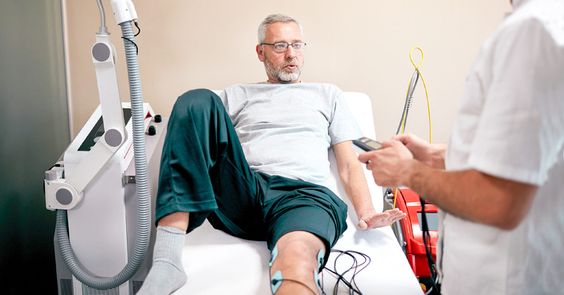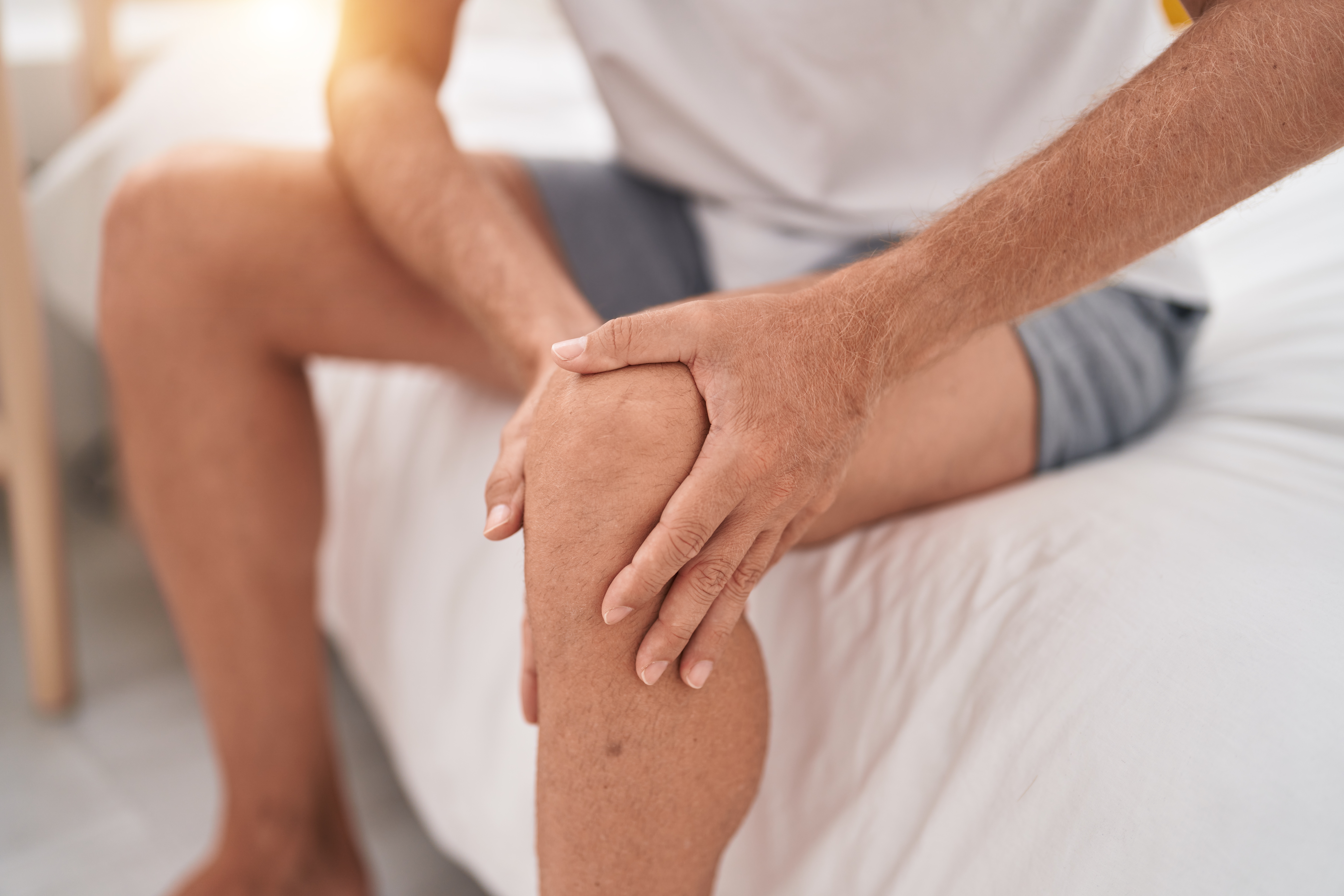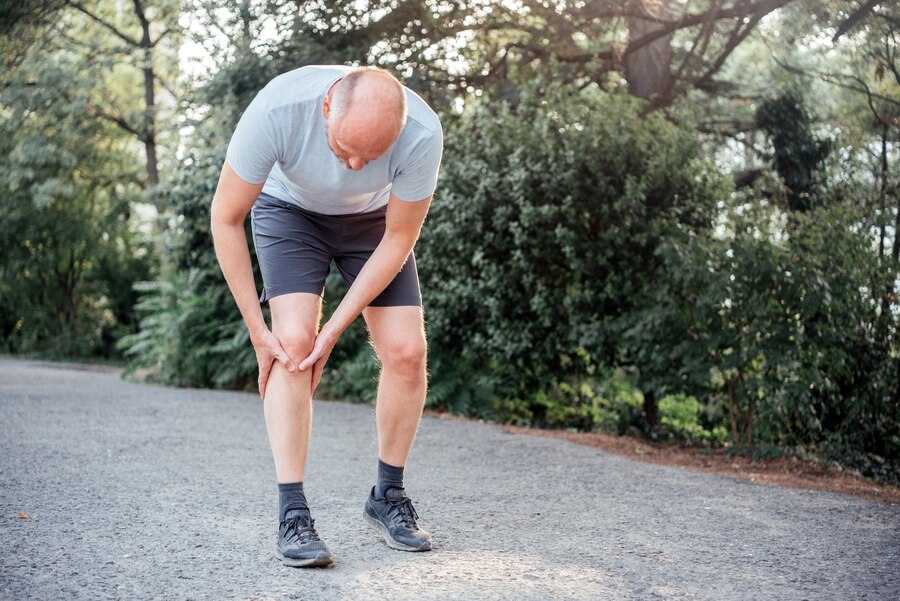How to Ensure a Comfortable Sleep After Knee Replacement Surgery

Are you struggling to get a good night’s sleep after knee replacement surgery? If so, you’re not alone. Sleeping comfortably and safely after this procedure can be challenging, but there are several steps you can take to ensure a restful night’s sleep. In this article, we will discuss how to sleep after knee replacement surgery and offer some tips to help you get a better night’s rest. We will also cover some important points to keep in mind before you go to bed, including proper positioning, pain management, and precautions to take while sleeping.
Best positions for sleeping after knee replacement
Getting a good night’s sleep after knee replacement surgery is essential for a successful recovery. By choosing the best way to sleep after knee replacement, you can minimize discomfort, reduce swelling, and promote healing.

1. Sleeping on Your Back
Sleeping on your back is one of the best positions after knee replacement surgery as it provides optimal support for your knees. Keep a pillow or cushion under your knees to elevate them slightly and reduce pressure on the surgical site. This position also helps prevent swelling and promotes blood flow to the area. Use a pillow or cushion to support your neck and keep your head in a neutral position.
2. Sleeping on Your Side
Sleeping on your side can be comfortable, but it’s important to maintain proper alignment to prevent discomfort and promote healing. Place a pillow between your knees to keep them slightly apart and reduce pressure on your knees. Use another pillow to support your head and keep your spine in a neutral position. Avoid placing too much pressure on your surgical site by shifting positions periodically throughout the night.
3. Sleeping on Your Stomach
Sleeping on your stomach is generally not recommended after knee replacement surgery as it can put too much pressure on your surgical site and cause discomfort. If you prefer this position, use a soft pillow or cushion to support your knees and keep them slightly bent. Place another pillow under your chest and stomach to maintain proper alignment and reduce pressure on your knees. Remember to shift positions throughout the night to avoid putting too much pressure on your surgical site.
It’s important to remember that everyone’s experience with knee replacement surgery is unique, and so are their sleeping positions after knee replacement. So, what works for one person may not work for another. Consult with your doctor or physical therapist for personalized advice on the best sleeping positions for your individual needs.
Avoid these top 5 mistakes while sleeping after knee replacement

By avoiding these common sleeping positions after knee replacement and following your doctor’s recommendations, you can ensure a smoother and more comfortable recovery after knee replacement surgery.
Mistake Number 1: Sleeping With The Knee Bent
Sleeping with a bent knee can put unnecessary strain on the surgical site and cause discomfort. It can also limit mobility and hinder the healing process. Make sure to keep your knee straight or slightly elevated when sleeping to promote blood flow and reduce swelling.
Mistake Number 2: Sleeping With The Knee Hyperextended
Hyperextension of the knee, or extending the knee too far, can also cause discomfort and hinder the healing process. Keep your knee slightly bent or in a neutral position to avoid putting too much pressure on the surgical site.
Mistake Number 3: Sleeping On The Stomach
Sleeping on your stomach can put too much pressure on the surgical site and cause discomfort. It can also limit mobility and hinder the healing process. Try to sleep on your back or side, with proper support for your knees and neck.
Mistake Number 4: Ignoring Pillows
Proper use of pillows can make a significant difference in your comfort level after knee replacement surgery. Use pillows to elevate your knees and reduce swelling, support your neck, and maintain proper alignment. Ignoring pillows can lead to discomfort and hinder the healing process.
Mistake Number 5: Not Managing Pain Properly
Pain management is a crucial aspect of recovering from knee replacement surgery. Ignoring or not managing pain properly can lead to discomfort, hinder mobility, and delay the healing process. Follow your doctor’s instructions for pain management and inform them of any concerns or changes in your pain level.
After knee replacement care – Frequently asked questions by patients of knee replacement surgery
How long will it take me to be able to sleep normally after knee replacement surgery?
Recovery time varies for each individual, but it may take several weeks to a few months to regain a normal sleep pattern after knee replacement surgery. Your doctor or physical therapist can provide personalized advice on when it’s safe to resume normal sleeping positions.
What is the most common cause of knee replacement?
Osteoarthritis is the most common cause of knee replacement. This condition occurs when the protective cartilage in the knee wears away, causing pain and discomfort. Other causes include rheumatoid arthritis, post-traumatic arthritis, and avascular necrosis.
What is the recovery time for knee replacement surgery?
Recovery time varies for each individual, but most people are able to resume normal activities within six to eight weeks after knee replacement surgery. Physical therapy and adherence to postoperative care instructions can help speed up the recovery process. It’s important to follow your doctor’s advice and avoid pushing yourself too hard too soon.
In conclusion, knee replacement surgery can significantly improve a patient’s quality of life by reducing pain, improving mobility, and restoring function. Proper after-knee replacement care, including appropriate sleeping positions, pain management, and physical therapy, can help ensure a smoother and more comfortable recovery. Patients should also be aware of the common mistakes to avoid, such as sleeping with a bent or hyperextended knee, sleeping on the stomach, ignoring pillows, and not managing pain properly. By following the advice of their doctor, the best after-knee replacement care, and physical therapist, patients can recover successfully from knee replacement surgery and enjoy a more active and pain-free lifestyle.






